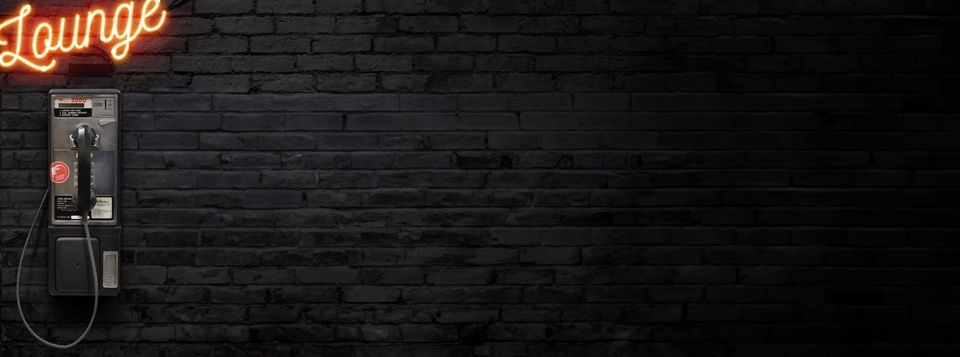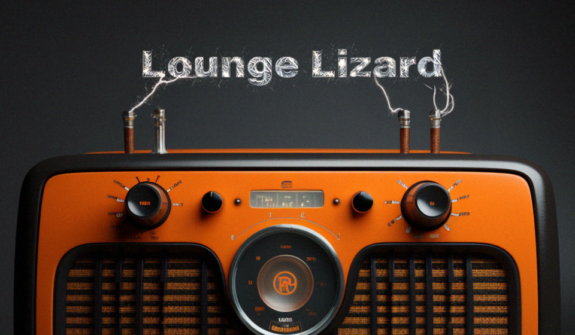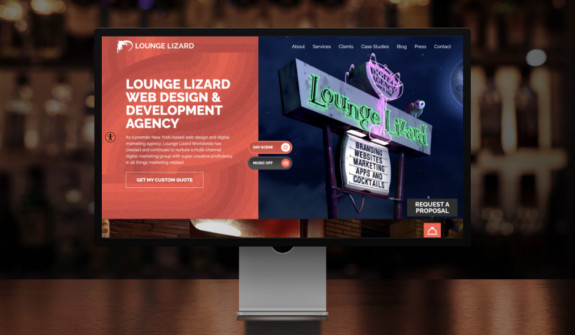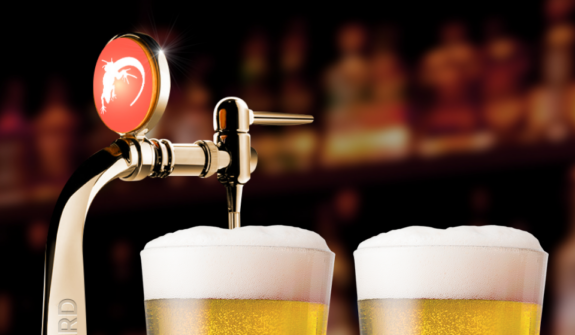Mastering Modals in Web Design to Enhance UX
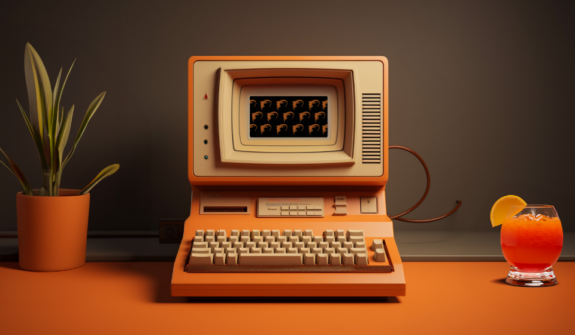
Creating a seamless user experience is paramount in our fast-paced digital world!
One element that stands out in today’s web design is the use of modals. However, most internet users have yet to learn what a modal is, its significance, and how it manages their behavior. Well-designed and implemented, modals can effectively transform a potential user pain point into a powerful user engagement tool.
What is a Modal in Web Design?
Have you ever been on a site looking for information, and suddenly, a window pops up that asks a question? The content behind the window usually blurs out, and you have to answer a question, divulge contact information, or interact in some way before the window disappears — that’s a modal!
By definition, modals or modal designs, often confusing and frustrating for designers and users, are essentially windows that appear over a website’s primary content. They demand user interaction and are integral in guiding the user’s actions.
Forms of Modals
- Email or Newsletter Signups
- Surveys or Opinion Polls
- Contact Forms
- Age Checks (for websites that offer age-restricted images or products)
- Security Checks
What are the Benefits of Using Modals in Website Design
Modals, also known as modal windows or dialog boxes, are commonly used in website design for several reasons and are a particular Call to Action (CTA). Here are some of the key benefits:
- Focus Attention and Boost Session Time — Modals are effective in directing the user’s attention to a specific task, information, or action. By dimming the background and presenting a dialog box in the foreground, they help focus the user’s attention on the modal’s content.
- User Interaction Control — Modals are useful for controlling user interaction. For instance, modals can be used to ensure that users complete a necessary action (like filling out a form) before they proceed.
- Space Efficiency — Modals can save screen space. Instead of loading a new page for additional information or a form, a modal can appear over the current content, providing the necessary functionality without leaving the page.
- Improved User Experience — When used appropriately, modals can enhance the user experience by providing timely feedback or necessary information without the need for page refreshes or navigation.
- Guidance and Clarity — Web design modals can guide users through a process, like a multi-step form, making complex tasks more manageable by breaking them into smaller, focused steps.
- Versatility — Modals can be used for a variety of purposes, including login forms, warnings, confirmations, help tips, and more. This versatility makes them a valuable tool in web design.
- Progress Interruption — They are useful for interrupting a user’s progress to convey essential messages or require immediate action, ensuring critical information is not missed.
Isn’t a Modal the Same as a Pop-Up?
“Modal” and “Pop-up” are terms used in web design and user interface, but they refer to slightly different concepts. Modals are more about demanding user action and focus, often blocking interaction with the main content until dealt with, whereas pop-up design examples are more about providing additional, often non-critical, information without necessarily interrupting the main workflow.
Modals Defined
- A modal is a type of window or dialog box that appears within the current window, disabling the main content until the user interacts with the modal.
- It typically requires an action to be taken, such as confirming a choice or entering information, before the user can return to the main content.
- Modals are used for critical interactions, like form submissions, warnings, or detailed content that demands focused attention.
- They often appear with a backdrop that dims or blurs the main content, emphasizing the need for interaction with the modal.
Pop-Ups Defined
- A pop-up is a small window or box that appears (“pops up”) unprompted in the foreground of the visual interface.
- Pop-ups are often used for advertising, alerts, or additional information that is not necessarily critical to the main content.
- Unlike modals, pop-ups might not disable the main content, allowing users to ignore them and continue interacting with the main page.
- Pop-ups are generally less intrusive and can be closed quickly, sometimes even automatically, after a set period of time.
A Double-Edged Sword? Why Modals Can Make or Break the User Experience
While modals can be highly effective, they can also be intrusive and annoying if not appropriately designed. When users are faced with poorly implemented modals that create a perceived disruption in user flow, it can negatively impact the user experience and site performance.
When adding a modal(s) to a website, monitoring bounce rate or heat map results carefully is essential. If there is a sudden spike in users bouncing quickly back to the search pages, there is a pretty good chance your modal has created a source of frustration that users don’t want to interact with or spend the time to find the close button.
Best Practices for Designing Effective Modals
To leverage modals effectively, certain best practices should be followed. Here are some tips on designing user-friendly modals, including timing, placement, and content relevance.
- Be Purposeful — Modals should be used sparingly and only when necessary. They are best suited for critical information, user decisions, or input requirements that cannot be effectively handled within the main content flow. Overusing modals can disrupt user experience and cause frustration.
- Size Them Right — Responsive design is vital here, ensuring modals look good on devices of all sizes. The size of the modal should be appropriate for its content — large enough to display content clearly but not so large that it overwhelms the screen.
- Make Them Easy to Close — Users should always have the ability to close modals easily. Standard practices include a clearly visible “close” button, the option to click away from the modal to close it, and support for the ESC key to close the modal. This respects user autonomy and prevents them from feeling trapped, which will cause them to bounce back to safety.
- Use Clear Instructions — The purpose of the modal should be immediately apparent to the user. This includes clear titles, concise and informative content, and instructions if user action is required. Ambiguity only aggravates a potential new customer.
- Use CTA Button Text — The text on modal buttons should be action-oriented and specific to the task. For example, instead of generic terms like “OK” or “Cancel,” use descriptive terms like “Save Changes” or “Discard Edits.”
- Use Them Sparingly — Avoid showing the same modal repeatedly, especially if a user has dismissed it previously. If the modal is part of a recurring process (like a reminder or warning), consider alternative presentation methods after the first instance or provide an option for the user not to see the modal again.
Modals should be used thoughtfully and designed with the user experience front of mind. They should be appropriately sized, easily dismissible, clearly instructive, have descriptive button texts, and not be overused or repeated unnecessarily.
By adhering to these best practices, modals can be an effective tool in enhancing user interaction rather than a source of annoyance.
Summing Up
The future of web design emphasizes the importance of modals in enhancing user interaction on websites. When implemented correctly, modals can be a powerful tool for guiding user actions, improving engagement, and ultimately contributing to a website’s success.
If you are looking to refresh your existing website or want a brand new site, contact Lounge Lizard Worldwide. We offer industry-leading Brandtenders ultra-skilled in designing and developing websites that command attention and capture leads and sales. Learn more about our SEO services, brand strategies, and digital marketing services today.
